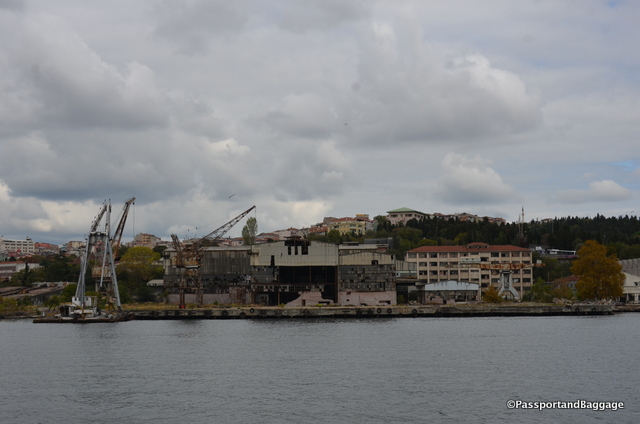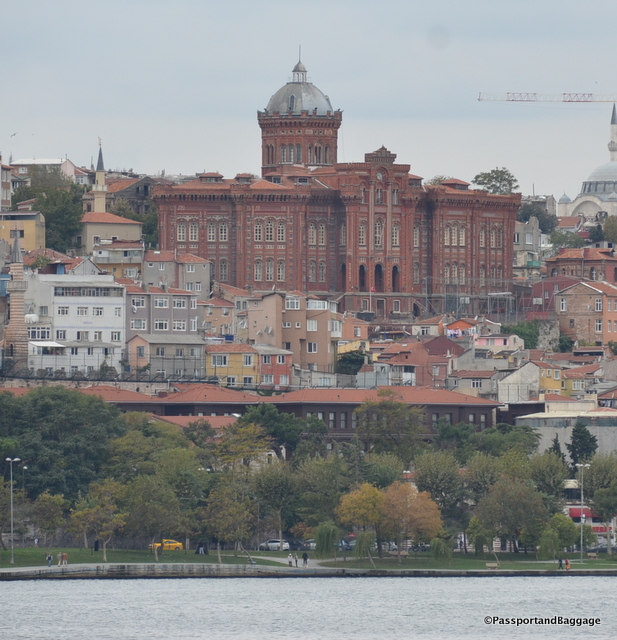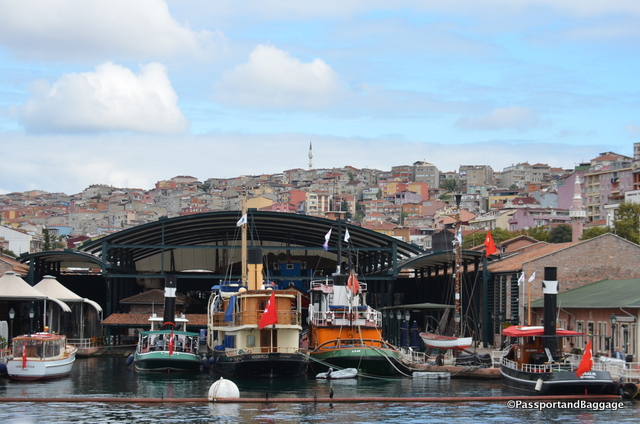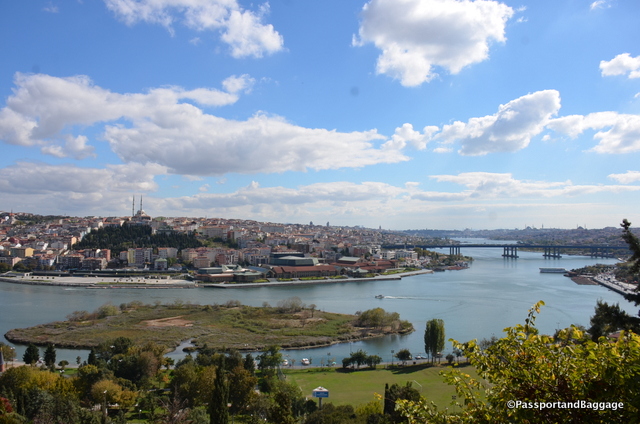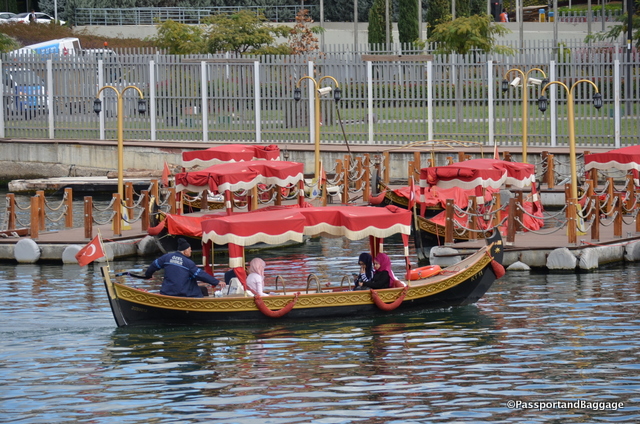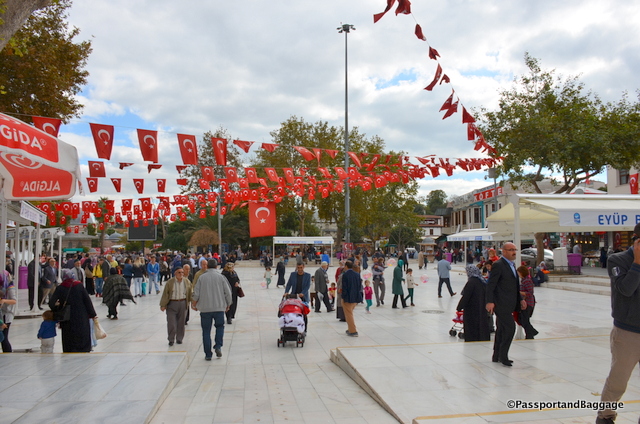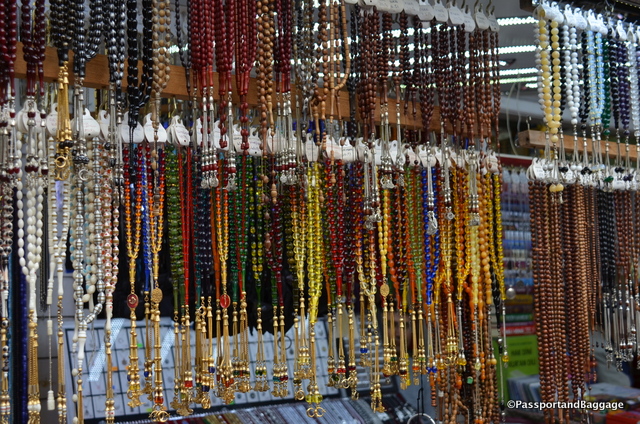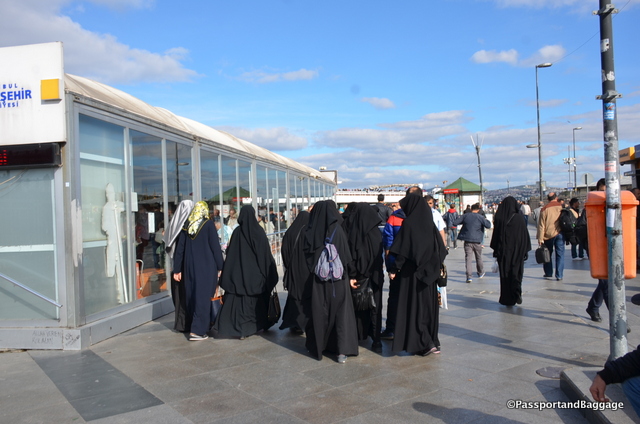October 15, 2016
A boat ride up the Golden Horn is worth the trip if you have the time. I have already written about the Eyüp Sultan Mosque and the fascinating gravestones that surround the mosque. A trip to the Pierre Loti Café can be incorporated into the same visit if you plan ahead, if not, a trip to the Pierre Loti Café just for the view is also worth the trip.
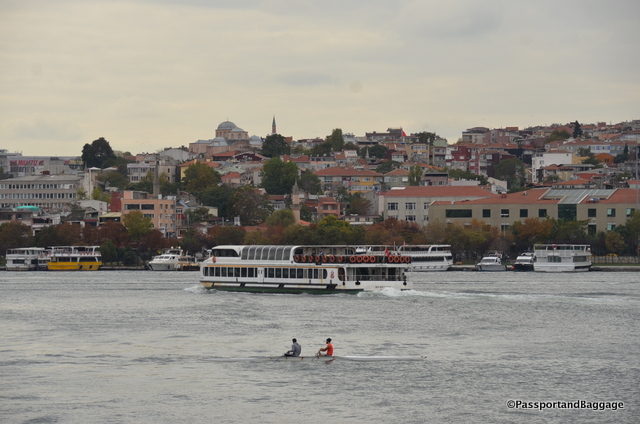 If you are staying in the Sultanahmet you can catch a ferry from Eminönü to Eyüp but if this is your plan, ask someone for very, very specific directions to the Eminönü Ferry landing, it is hidden in an out of the way spot near the bus station.
If you are staying in the Sultanahmet you can catch a ferry from Eminönü to Eyüp but if this is your plan, ask someone for very, very specific directions to the Eminönü Ferry landing, it is hidden in an out of the way spot near the bus station.
The Golden Horn, or Haliç in Turkish, is a horn-shaped fiord fed by two small streams. It is a natural harbor where the Byzantine and Ottoman fleets once anchored.
During the Byzantine period, the entrance was blocked by a huge chain to stop unwanted ships from entering.
At the beginning of 16th century Leonardo da Vinci designed a bridge to be built over the Golden Horn for the sultan, alas it was never built.
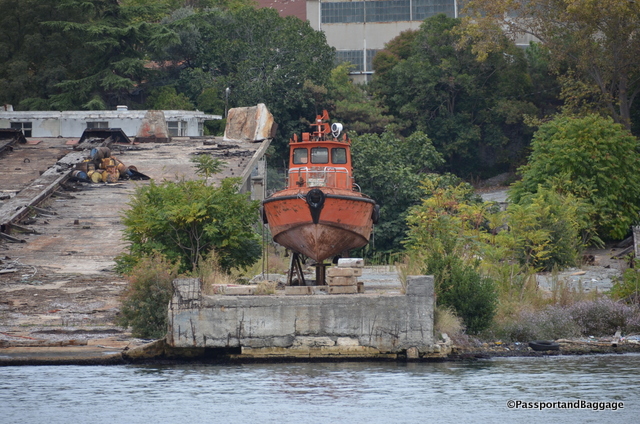 In the first half of 18th century the Golden Horn was famous for its tulip gardens where the upper crust came to enjoy the flowers, row their boats, and watch the sunset.
In the first half of 18th century the Golden Horn was famous for its tulip gardens where the upper crust came to enjoy the flowers, row their boats, and watch the sunset.
With the population explosion in the 1950s, it became an industrial area with industrial waste and serious sewage problems. The 1980s brought clean-up programs and, as one can see, the area is a delightful place to enjoy a boat ride or hop off and enjoy the neighborhoods.
A structure that you will pass high on the hill is the Phanar Greek Orthodox College the oldest surviving and most prestigious Greek Orthodox school in Istanbul, Turkey. The school, like all minority schools in Turkey at present, is a secular school.
Established in 1454 by Thessalonian Matthaios Kamariotis, the locals call it The Red Castle or The Red School.
Designed by the Ottoman Greek architect Konstantinos Dimadis, the building was erected between 1881 and 1883 with an eclectic mix of different styles. The large dome at the top of the building is used as an observatory for astronomy classes and has a large antique telescope inside.
Another area you pass is the Rahmi M. Koç Industrial Museum. A typical industry museum showcasing items such as a submarine, classic cars, railway carriages, an out-of-service Bosphorus ferry, and a Douglas DC-3 aircraft as well as a re-creation of an old Ottoman cityscape.
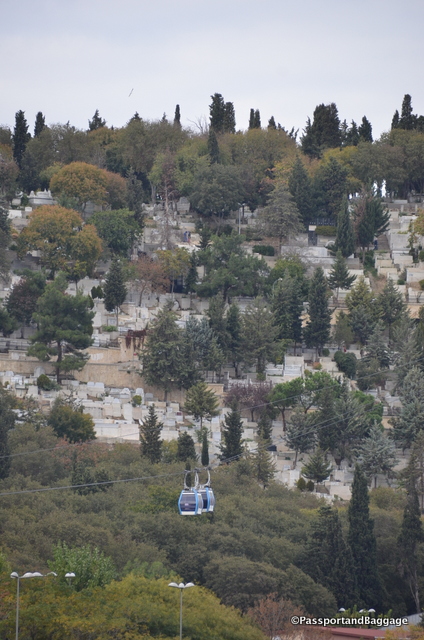
The white between the trees are tombstones from the extremely large cemetery of Eyüp Sultan Mosque
When you get off at Eyüp walk just a little way to the bottom of the tram that takes you up to the Pierre Loti Café, for the cost of one transit token.
The ride up is not all that spectacular as the glass in the tram bubbles is not real clear, but once you are at the top, you get a wonderful view of the Golden Horn running through the immense city of Istanbul.
You can either ride the tram back down, or you can walk down to the Eyüp Sultan Mosque past many of the newer gravestones.
Make sure you take the time to have tea at the café, it fits importantly into one of the great myths of Istanbul.
The teahouse is dedicated to French naval officer and novelist Pierre Loti. According to legend during Loti’s stay in Istanbul in 1876, he gazed from this exact location in search of inspiration for his first masterpiece, Aziyadé.
Aziyadé and Le Mariage de Loti were both published anonymously, but their huge success in France propelled Pierre Loti into fame.
Aziyadé is semi-autobiographical, based on a diary Loti kept during a 3-month period as a French Naval officer in Greece and İstanbul in the fall and winter of 1876. It tells the story of the 27-year-old Loti’s illicit love affair with an 18-year-old “Circassian” harem girl named Aziyadé. Although Aziyadé was one of many conquests in the exotic romantic’s life, she was his greatest love, he would wear a gold ring with her name on it for the rest of his life. Forming a love triangle, the book also describes Loti’s “friendship” with a Spanish man servant named Samuel, for which most critics believe, based on Loti’s diary entries, was some sort of homosexual affair. Importantly it also describes Loti’s love affair with Turkish culture which became a central part of his “exotica” persona.
This visit to the mosque was on a Saturday, and the area was very crowded. It makes for a fun and interesting scene for people watching.
After taking the ferry back, strolling the busy streets of Istanbul on Saturday can be a thrill unto itself.
